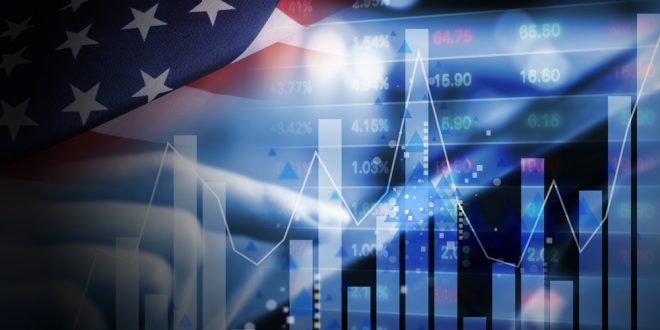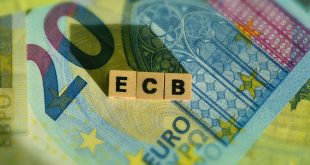The United States could witness an economic boom, as it recovers from the Coronavirus (COVID-19) pandemic, a recent report by Goldman Sachs suggested.
“Our expectation of accelerating sequential growth is transitioning from forecast to fact,” the bank’s analysts said in a recent report titled, Anatomy of a Boom.
Credit card data are consistent with expectations of rising retail sales this month, it noted, indicating that the economy is benefitting from $240 billion of stimulus payments and expecting the pace of support to consumers through the relief package at $1 trillion on an annual basis, equivalent to 5% of the U.S. gross domestic product (GDP).
Moreover, spending patterns indicate a surge that is supported by stimulus checks, reopening the economy, a decline in new Coronavirus infections, the reversal of winter storm effects, as well as an an improvement in restaurant activity and an increase in airport usage.
“Looking ahead, we believe the uneven recovery to date across economic sectors is actually good news for the 2021 growth outlook, as it increases the scope for outsized gains in underperforming sectors.”
The report then emphasized what considered as encouraging signs from business surveys, such as the purchasing managers’ index (PMI).
Accordingly, Goldman Sachs is adjusting its real consumption growth forecasts to a 9.5% growth during the first quarter (Q1) of 2021, followed by a 12.5% growth in Q2, and 7% in Q3, compared with previous estimates of 8.5% for Q1 and 10% for both Q2 and Q3.
On the other hand, the investment bank maintained its expectations for GDP growth in Q1 at a rate of 7.5%, due to the negative impact of the recent winter storm that hit southern parts of the U.S., but revised its Q2 growth forecasts higher by 1% to 10.5%.
Meanwhile, the expected growth rate in Q3 was revised down by 1% to 7.5%, due to the faster than expected growth and gains from reopening the economy happening earlier than previously expected.
Goldman Sachs maintained its U.S. GDP growth expectations for 2021 at 8% on Q4/Q4 basis, while raising it by 0.1% to 7.2% on an annual basis.
 Noor Trends News, Technical Analysis, Educational Tools and Recommendations
Noor Trends News, Technical Analysis, Educational Tools and Recommendations





